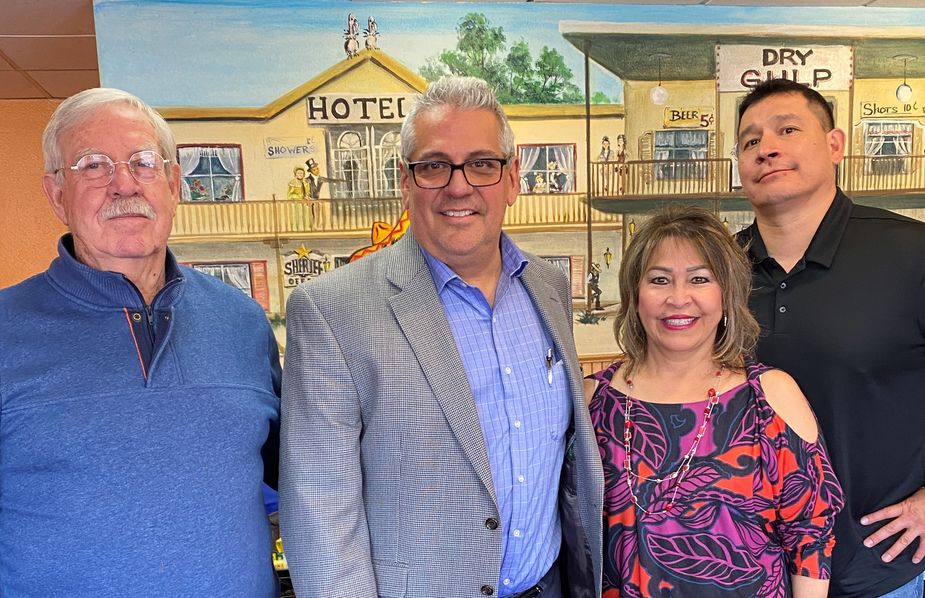
Download the PDFTribal Lending Brochure.
Obtaining a loan to build, purchase, rehabilitate, refinance, or get a home equity loan on Indian tribal trust land can be a complex transaction. This brochure is intended to help tribal members understand the process.
In general, a home site must be approved by the tribal government – and by any other tribal party that because of customs, culture or tradition is involved in land assignment processes – and by the Bureau of Indian Affairs (BIA) because of the federal trust land status. A lender must develop a complete loan application and the existing or proposed home must be appraised to determine the estimated value as part of the loan process.
The Federal Reserve Banks of Kansas City and San Francisco have been working with the New Mexico Tribal Homeownership Coalition, BIA, lenders, HUD-ONAP, and Tribes and Pueblos to establish procedures which will help reduce the processing time for a loan through cooperation and shared interests in helping individual tribal members.
Step 1 - Applicant Eligibility
- The prospective applicant needs to be pre-qualified by a lender or an approved housing counseling agency.
- The lender/financial counselor will review the income, credit and repayment ability of the applicant using supporting documentation (i.e. check stubs, W-2, tax returns, utility statements, rental receipts).
Step 2 - Residential Lease
- Tribal Government approves the Residential Lease, usually through a Tribal Council Resolution.
- The lease is signed by the applicant and Tribal Officials.
- Once the Tribe approves the Residential Lease, it is submitted to the BIA. BIA approval and signature will be obtained after all regulatory requirements are met.
Step 3 - Site Survey
- The applicant contacts their respective Tribe to identify the building site for site surveying. The building site or home may be on an existing or new land assignment.
- The applicant obtains the survey to identify the land for the lease processing. The Tribe, BIA or a contract land surveyor may be sources to obtain a survey.
Step 4 - Ordering Title Status Report (TSR)
- The Tribe will submit the survey to their local BIA Agency Office to request a Title Status Report (TSR) and Environmental Clearances.
- TSR is a report that identifies the owners of the property and any leases, liens or encroachments on the property.
- Environmental clearances cover National Environmental Policy Act (NEPA) documentation and include archeological, cultural resources and endangered species act compliance as well as other relevant environmental laws.
Step 5 - Plans and Specifications
- The applicant obtains a building and site plan, specifications and construction bids (if construction is involved) and gathers the lender required personal information while the BIA land clearances are in process.
Step 6 - Loan Approval
- The lender will need the Approved Residential Lease, TSR, Environmental Clearances and the Real Estate Appraisal to approve the loan. The applicant must complete all lender requirements and pay any application fees before the loan approval.
Step 7 - Loan Closing
- Once the loan is approved, closing will happen quickly.
- The applicant will need the closing costs and down payment money at closing.
- A Title Company or escrow agent – and not the lender – will actually close the loan and, if required, issue a title insurance policy. If you still have questions, please contact your tribal housing office, or an approved housing counseling agency.
Sponsors
Federal Reserve Bank of Kansas City
New Mexico Tribal Homeownership Coalition
Bureau of Indian Affairs - Southwest Regional Office
